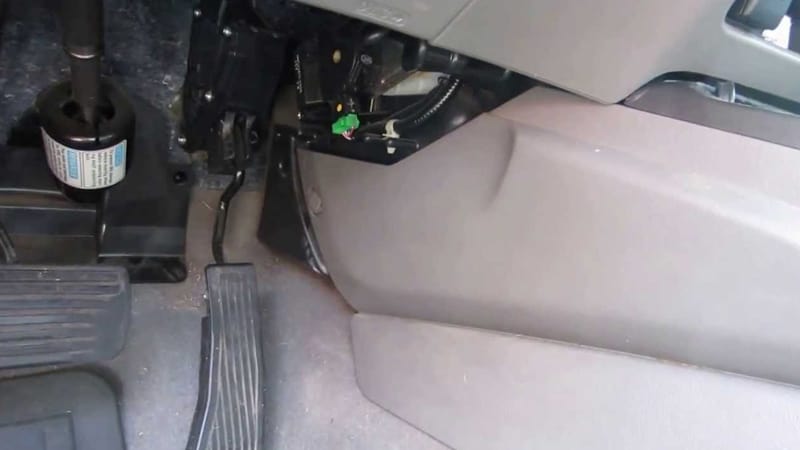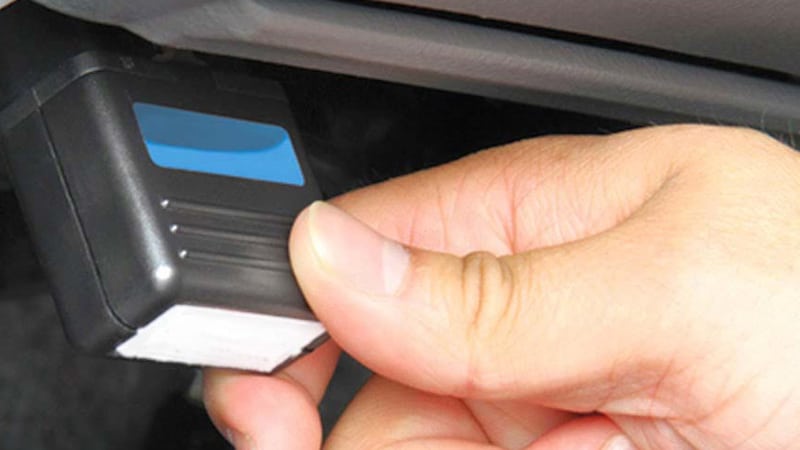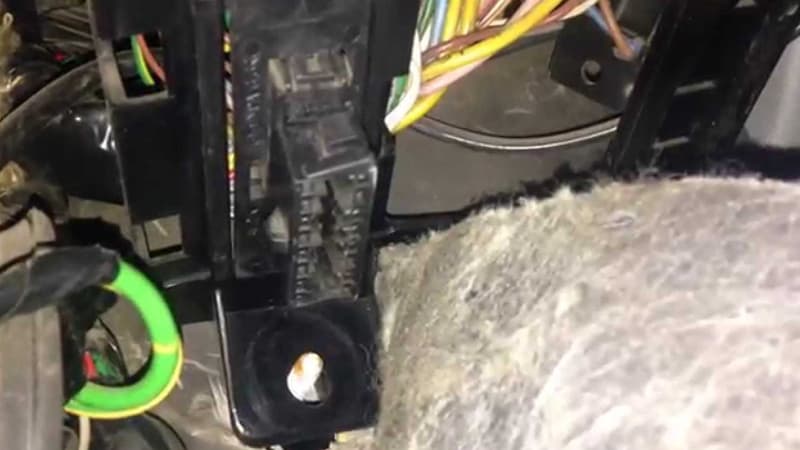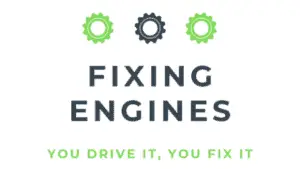Modern automobiles have become so sophisticated that OBD, or on-board diagnostics, can now identify practically any problem with your car. Whether your engine is low on oil or spring is out of place, the OBD system can help you figure out what’s wrong. Can you start a car using the OBD port as well?
There is no simple way to start your car using the OBD connection; newer types of automobiles are equipped with OBD systems that you may customize to do various tasks. However, you can start using the OBD scanner in your car and the associated software on your phone.
In this article, you’ll learn how you can control your vehicle using OBD2 and what kinds of devices you can plug into the OBD port. Also, you’ll learn how to start a car using an OBD port and how you can control a vehicle through OBD2.
How to Start a Car Cover Using OBD Port?

OBD doesn’t support remote start since the protocol they use to connect with the automobile doesn’t have a facility or command. It’s generally a “read only” data logging gadget. Although there is no simple way to start your automobile using the OBD connection, the newer models of cars are equipped with OBD systems that the vehicle may adapt to suit various functions.
With only a few taps, you can start using the OBD scanner in your car and the associated software on your phone! The OBD2 system in recent car models can even add coding features to customize your car to specific models.
How can you control a vehicle through OBD2?
In the last 20 years, virtually every new automobile sold in the United States has followed the OBD II standard. OBD II automobiles feature a port that devices may plug into and connect to the car’s computer, customarily positioned underneath the dashboard on the driver’s side.
Most car companies offer a plethora of suggestions for what you can connect to that port to allow it to carry out these functions:
Investigating Diagnostics
The primary function of OBD is to carry out a diagnostics check on the vehicle. When a car’s sensors detect a problem, they send a signal known as a “trouble code,” which could appear as a “check engine” light or another dashboard warning. These trouble codes may be checked using OBD scanners to establish what’s wrong and then cleared from the computer’s memory after the issue is resolved.
On the other hand, the trouble codes are a stream of letters and numbers that pop up when there’s a problem Instead of a diagnostic like “loose gas cap.” You usually won’t understand the trouble codes without a reference. Trouble codes begin with a letter and end with four or five numbers, indicating which subsystem is malfunctioning and the problem.
Some OBD scanners come preloaded with meanings for these codes, but you’ll need a list like the one provided on OBD-Codes.com if you don’t have one. In addition to the general principles that apply to all automobiles, each manufacturer has its own set of rules. Finding them can be more difficult since not every manufacturer is happy with the concept of making them available to the general public.
Performance Analysis

Several commercial companies provide OBD II data recorders and performance tuners that use the dashboard port to access essential care systems. Data loggers may record things like lap times and power output and more practical items like fuel efficiency. This data provides more precise information on your vehicle’s performance on a track.
Some firms also provide performance customization for individual automobiles, such as remapping or software changes to increase horsepower. Because modern cars rely on computer controls, software updates are essential. Therefore, you must be careful not to make any changes that may have unintended consequences in other areas, such as dependability or fuel economy.
OBD Dongles
Companies have recently attempted to use OBD2 for more widespread applications in the form of “dongles,” which plug directly into the OBD II port and connect to a network wirelessly. OBD dongle acquires data via GPS reception and a built-in SIM card which is encrypted and delivered via a secure link to an internet platform or an app. This provides you with a real-time summary of all pertinent vehicle data.
The data acquired by the dongle differs depending on your vehicle’s type, brand, and year. The ECU can be recorded by almost various dongles (Engine Control Unit). However, the dongle can save technical data or fault messages on the card related to sensors, gasoline pumps, batteries, soot filters, and air leaks.
It also gives you information like your vehicle’s location, driver behavior, fuel consumption, and CO2 emissions. A plethora of knowledge can help you save time and money, improve road safety, and live as sustainably as possible.
What Can Be Plugged into the OBD2 Port?

A mechanic would typically connect a scan tool to the port to read the DTC. Low-cost scanners would merely produce a numeric code, which the technician would check-up in the manufacturer’s handbook or on the service website. More costly scanners provide text error codes.
However, more modern instruments have been accessible in recent years for average drivers who don’t want to rely on a technician to figure out what’s wrong with their automobiles. The OBDLink SX USB Adapter by ScanTool, for example, allows you to read issue codes using your laptop. This gadget enables you to connect directly to an OBD-II connection and then to a USB port on your Windows laptop.
With software like the OBDwiz diagnostics program, your computer becomes a sophisticated OBD scanner, and you can even clear the Check Engine light. ScanTool also provides OBDLink MX Bluetooth if you want a wireless alternative. This gadget allows you to read your auto diagnostics from your Windows laptop or Android handset over Bluetooth. It comes with free Windows and Android software that will enable you to diagnose your vehicle remotely.

